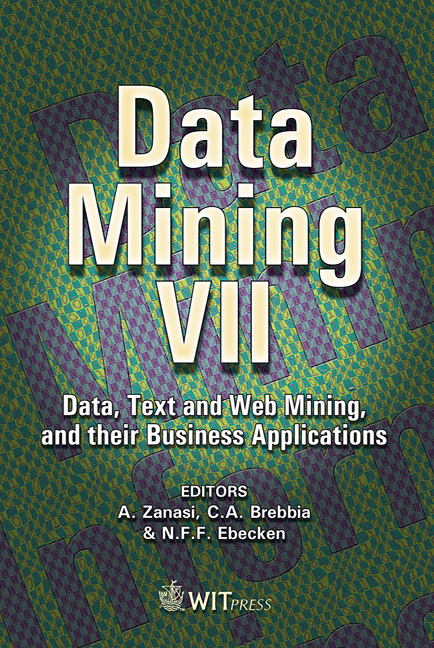A Semantic Web Portal To Construction Knowledge Exchange
Price
Free (open access)
Volume
37
Pages
11
Published
2006
Size
1219 kb
Paper DOI
10.2495/DATA060421
Copyright
WIT Press
Author(s)
M. Argüello, A. El-Hasia & M. Lees
Abstract
A current construction challenge is the creation of a construction university to help promote innovation and best practice throughout the industry, with the aim of developing a strong network of organisations able to share knowledge at different levels. Establishing the Construction Knowledge Exchange will be an important first step towards this aim. The Semantic Web provides an appropriate platform for knowledge exchange, and the benefits of implementing Semantic Web technologies can be easily identified as Semantic Web technologies have the potential to increase the information consistency and the information processing quality of Web portals. To exchange knowledge, i.e. semantic exchange, requires a shared mechanism to classify domain knowledge-items or information into interrelated concepts, i.e. ontology. The ontology has been developed in the OWL Web Ontology Language and is the backbone of a Semantic Web Portal (the β -CKE portal). The β -CKE portal provides appropriate usability and availability to represent a user-friendly interface for a virtual community, and furthermore advanced functionalities for community users where enhanced search accomplishes significantly better search results than other information retrieval techniques. The evaluation of the β -CKE portal has revealed two additional assets: 1) a depicted map of the areas of construction expertise, which is very useful not only to stimulate the communication between people of different institutions working on the same field, but also to identify strengths and weaknesses, and 2) strengthens in promoting communication and information exchange not only making the information more accessible by being independent of the concrete device (laptop, mobile phone, etc), but also making the information more understandable by bridging the language gap between the academic and the industrial community by executing a dynamic mapping process keeping the autonomy of the different input data of these two communities. Keywords: knowledge base, ontology, OWL, semantic web, inference search.
Keywords
knowledge base, ontology, OWL, semantic web, inference search.





